Foundation drainage advice - french drain or not?
DC
3 years ago
last modified: 3 years ago
Related Stories

BATHROOM DESIGNConvert Your Tub Space Into a Shower — Waterproofing and Drainage
Step 4 in swapping your tub for a sleek new shower: Pick your waterproofing materials and drain, and don't forget to test
Full Story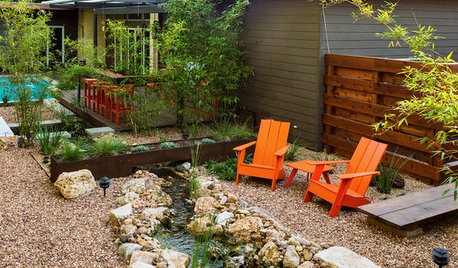
LANDSCAPE DESIGN4 Gardens With Creative, Earth-Friendly Drainage Solutions
See how designers have made the most of site conditions to manage runoff, catch rainwater and more
Full Story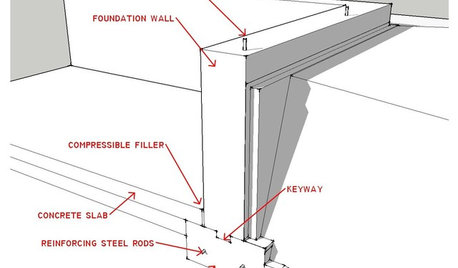
ARCHITECTUREKnow Your House: What Makes Up a Home's Foundation
Learn the components of a common foundation and their purpose to ensure a strong and stable house for years to come
Full Story
BATHROOM DESIGNHow to Choose the Best Drain for Your Shower
Don't settle for a cheap fix when you can pick a shower drain that suits your style preferences and renovation codes alike
Full Story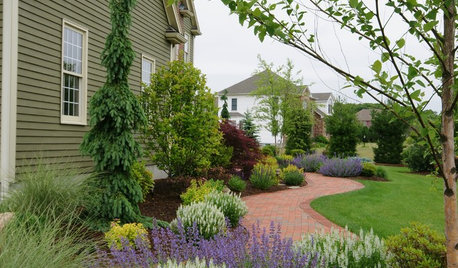
CURB APPEAL8 Twists on Foundation Plantings
Up your home’s curb appeal with house-side plantings that soften borders and add flair to your landscape
Full Story
DECORATING GUIDES10 Design Tips Learned From the Worst Advice Ever
If these Houzzers’ tales don’t bolster the courage of your design convictions, nothing will
Full Story
MOST POPULARSo You Say: 30 Design Mistakes You Should Never Make
Drop the paint can, step away from the brick and read this remodeling advice from people who’ve been there
Full Story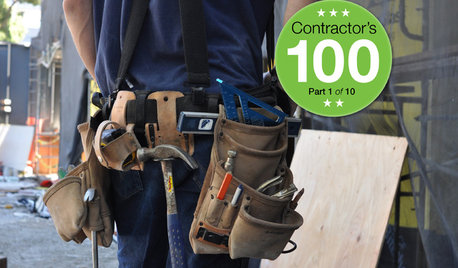
MOST POPULARContractor Tips: Top 10 Home Remodeling Don'ts
Help your home renovation go smoothly and stay on budget with this wise advice from a pro
Full Story
REMODELING GUIDESHow to Protect (Even Enhance!) Your Relationship While Renovating
No home improvement project is worth a broken heart. Keep your togetherness during a remodel with this wise advice
Full Story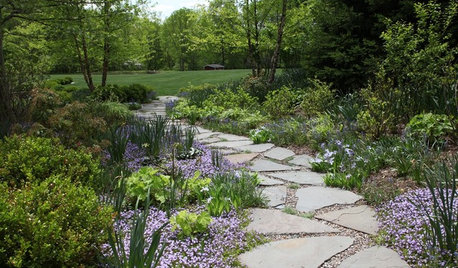
EARTH DAY6 Projects to Create Beautiful, Water-Saving Outdoor Spaces
Find out how to replace your lawn with a garden, make your landscape more permeable, install a greywater system and more
Full StorySponsored
Industry Leading Interior Designers & Decorators in Franklin County
More Discussions






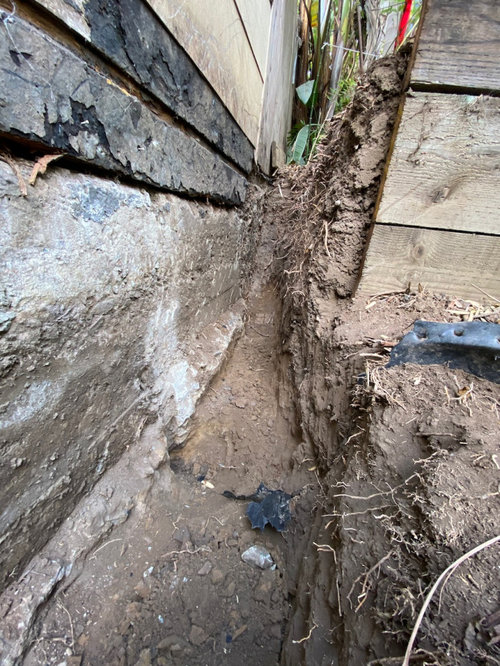
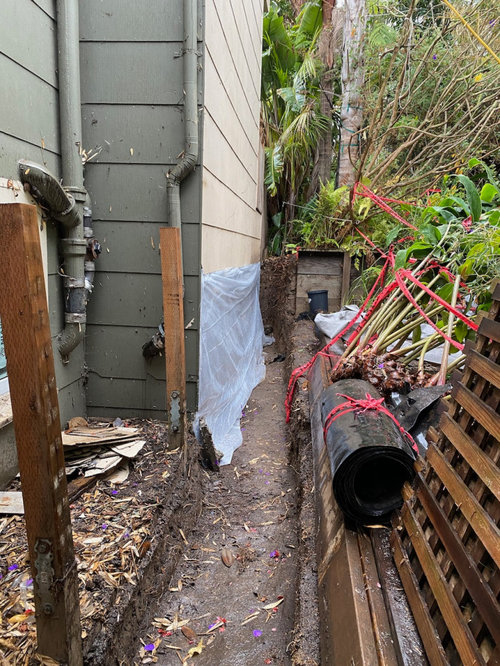
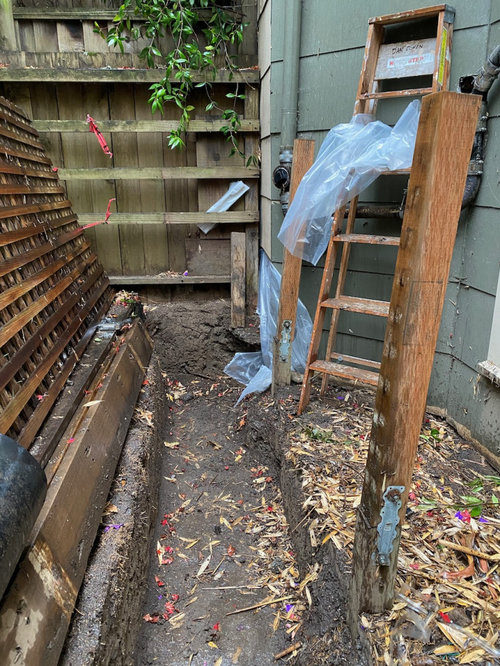





GN Builders L.L.C
DCOriginal Author
Related Professionals
Clark Landscape Architects & Landscape Designers · Glen Ellyn Landscape Architects & Landscape Designers · Aurora Landscape Contractors · Bridgeport Landscape Contractors · Nanuet Landscape Contractors · Tacoma Landscape Contractors · Vashon Landscape Contractors · Wheat Ridge Landscape Contractors · Hershey Decks, Patios & Outdoor Enclosures · Norwood Stone, Pavers & Concrete · East Patchogue Landscape Contractors · West Haverstraw Landscape Contractors · Florham Park General Contractors · East Grand Rapids Flooring Contractors · Napa Flooring Contractorsworthy
GN Builders L.L.C
DCOriginal Author
worthy
pls8xx
DCOriginal Author
DCOriginal Author
pls8xx
worthy
fourpawsonetail
Embothrium
pls8xx